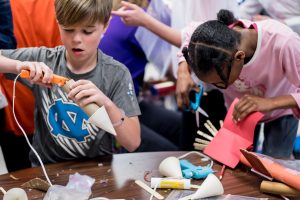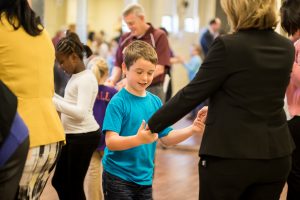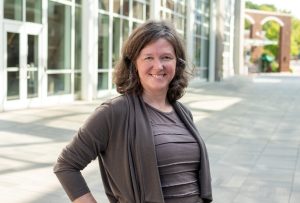12 September 2024
When we talk about education in rural communities, the statistics can often seem daunting.
According to the Why Rural Matters report from 2019 and 2023, South Carolina has ranked among the top ten priority states for rural education for decades, meaning a combination of factors “present the most extreme challenges for rural schooling, suggesting the most urgent need for policymaker’s attention.” In the 2023 version of the report, 20% of all SC schools are considered rural, yet SC ranked the third highest for poverty levels in rural school communities. One in five rural SC students live in poverty and poverty impacts the long-term development of students.
Arts Education faces its own set of challenges in rural communities. Leveraging Change: Increasing Access to Arts Education in Rural Areas identified “barriers” and “promising practices” for increasing access to arts education in rural communities. Poverty, and the lack of economic opportunity, was identified as the greatest barrier. Conversely, the most significant promising practice identified was building and maintaining networks to connect rural communities across regions. Though the statistics of rural education can be daunting, several promising practices provide hope for SC. For over 35 years, the Arts in Basic Curriculum (ABC) Institute, has taken an intentional community investment approach to improving access to arts education for SC students.
Arts-Rich Learning

Many of the promising practices noted in the Leveraging Change report are commonplace in supporting and sustaining arts-rich learning within Arts inBasic Curriculum (ABC) Certified Schools.
As a reminder, arts-rich learning can include:
- Traditional, discipline-specific arts education
- Utilizing arts integration as a teaching approach in non-arts classes
- Exposure to professional artists and arts experiences
The cornerstone ABC Schools — a model established in 1988 — is the involvement of a group of community stakeholders that create, and are responsible for, the implementation of an arts education strategic plan. ABC Certified Schools are located in a variety of communities, including rural areas, and the reliance on community in many different forms aligns with several promising practices from the report. In turn, these practices can counter barriers to access when it comes to learning in the arts.
Promising Practices
Let’s dive into three common barriers to arts education in rural communities and highlight community approaches in ABC Schools that can improve the educational experience for SC students.
Common Barrier: Economic Hardships
Families (and the communities that serve them) living in poverty may struggle to afford the costs associated with arts programs, such as fees, instruments, or supplies. Economic hardships may also force schools and districts to place funding for arts education lower on their list of priorities. In some cases, community members and educational leadership may not recognize the value of arts education, leading to a lack of support and advocacy.
Promising Practice: Using Collaboration As a Tool to Create Change
ABC Schools rely on a group of community stakeholders, traditionally called a steering committee, to create and commit to implementing an arts education strategic plan. The composition of this steering committee is composed of arts and non-arts educators, administration (both school and district), a community partner, a parent, and a student (even at the elementary level). Having a diverse community representation helps a school address issues from a variety of perspectives, promotes collaboration, and builds understanding for the value of arts education.
Promising Practice: Identifying and Using Resources Creatively
ABC Schools leverage grants to achieve strategic goals, often from the South Carolina Arts Commission. Some also use their strategic plan in applying for South Carolina Department of Education grants, seeking funding from private foundations, or pursuing corporate grants.
Many ABC Schools also rely on community partnerships to achieve their goals. For example, some schools without specialized facilities seek community venues to provide students authentic arts experiences. Two such examples are partnering with faith-based organizations to host performances and businesses to host art exhibits. These community partnerships are often initiated by steering committee members or the through a request for creative solutions to the school community.
Common Barrier: Lack of Specialized Teachers
Rural areas may struggle to attract qualified arts teachers due to factors such as isolation, lower salaries, and limited professional development opportunities. In some cases, general education teachers may be required to teach art, leading to a lack of specialized expertise.
Promising Practice: Using Professional Development as a Tool to Retain Teachers
Investing in discipline-specific professional learning for arts educators is a characteristic commitment among ABC Schools’ strategic plans. This oftentimes requires the use of grant funds, sometimes rotating which teachers are provided support to attend their discipline’s professional conference.
Promising Practice: Arts Integration As a Tool to Expand Access to the Arts
ABC Schools recognize arts integration as an evidence-based practice, and many commit grant funds to professional learning for all teachers in arts integration. A wealth of research has shown that the more frequently disadvantaged students received arts integrated instruction, the stronger the positive impact. Arts integration supports a variety of non-arts variables such as reading achievement, self-efficacy, and student engagement. This holds true across multiple subpopulations, including English language learners, students with disabilities, and of students in poverty. Arts integration does not ask non-arts teachers to replace a specialized arts educator, but to leverage the opportunity for student access to the arts when shared skills and knowledge exist between disciplines. One of the countless examples are the elements of plot, character, setting, which are found in both English Language Arts and Theatre standards.
Another successful community approach that ABC Schools embrace is the use of grant funds to hire teaching artists for school residencies. Even among ABC Schools in well-resourced communities, Teaching Artist Residencies often provide students access to an educator that the school cannot provide, such as a dance educator, or a specific cultural art form, such as Catawba pottery.
Common Barrier: Geographic Isolation
Rural communities often struggle with geographic isolation, or a lack of easy access to museums, theaters, and other cultural institutions that can provide additional exposure to the arts.
Promising Practices: Identifying a Convener and Establishing Effective Rural Networks:
ABC Institute is a statewide resource to support schools in their efforts to increase access to arts-rich learning — an important part of the educational promise of a well-rounded education for SC students. In order to stay informed on educational trends, ABC Institute participates in a variety of state and national association conferences. Additionally, ABC Institute convenes all ABC Schools once a semester to share best practices, reflect on policies, and highlight community partnerships as a community of like-minded professionals.
Participating in various communities and conversations enables ABC staff to serve as a guide to schools, introducing resources across various networks that best match an individual school’s interests, community, and goals. This often includes showcasing successes within ABC Certified Schools, and connecting schools to organizations with resources.
Promising Practice: Using Technology to Span Geographic Divides
From the beginning, ABC Schools were designed to serve as models for other practitioners to learn from. Cloud-based technology provides new opportunities to share the best practices and creative solutions from within ABC Schools to others across the state, regardless of geographic location.
ABC Institute has partnered with two key state agencies, the South Carolina Department of Education (SCDE) and South Carolina Educational Television (SCETV), to ensure arts and arts integration content is available on their education databases. SCDE’s Instruction Hub is a learning object repository, in essence a digital library, that contains hundreds of thousands of objects ranging from videos to presentations to worksheets to rubrics. While the Instruction Hub is available only to public school educators, SCETV’s KnowItAll is a public resource that is part of the larger Public Broadcasting Service.
A Call to Community
Although additional research provides a variety of approaches and solutions, metropolitan-based reform and programs are strongly discouraged, due to the lack of rural sensibilities and sustainability. Luckily, arts-rich learning is possible for rural SC students through community-focused practices. Community can happen within a classroom, a school, a district, a region, or state. Community can gather during a school day or beyond it. Tight knit communities have always been at the heart of rural areas of our State, and those very same sensibilities can be a powerful tool to increasing access to arts and arts education.
Consider how any of the mentioned promising practices might look in your school’s community. Consider reaching out to ABC Institute to engage with or contribute to the greater network of ABC Schools and collective efforts across the SC arts community. Increasing access to arts learning is how we, together, can fulfill our promise SC students.

Dr. Kim Wilson is the Director of the Arts In Basic Curriculum Institute, a partnership between the South Carolina Arts Commission, the South Carolina Department of Education, and Winthrop University.
Like this type of content? Check out more blog posts here >>
Sources:
Arts in Basic Curriculum Institute (2024). http://www.abcinstitutesc.org
Donovan, L. (2017). Leveraging Change: Increasing access to arts education in rural areas. Massachusetts College of Liberal Arts. https://www.giarts.org/sites/default/files/leveraging-change-increasing-access-arts-education-rural-areas.pdf
Lavalley, M. (2018). Out of the Loop: Rural schools are largely left out of research and policy discussion, exacerbating poverty, inequity, and isolation. Center for Public Education. https://files.eric.ed.gov/fulltext/ED608842.pdf
Robinson, A. H. (2013). Arts integration and the success of disadvantaged students: A research evaluation. (2013). Arts Education Policy Review, 114(4), 191-204. https://doi.org/10.1080/10632913.2013.826050.
Showalter, D. Hartman, S.L., Eppley, K., Johnson, J. & Klein, B. (2023). Why Rural Matters 2023: Centering Equity and Opportunity. National Rural Education Association. https://wsos-cdn.s3.us-west-2.amazonaws.com/uploads/sites/18/WRMReport2023_DIGITAL.pdf
Showalter, D. Hartman, S.L., Johnson, J. & Klein, B. (2019). Why Rural Matters 2018-2019: The time is now. Rural School and Community Trust. https://files.eric.ed.gov/fulltext/ED604580.pdf


